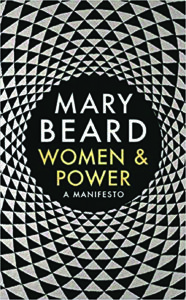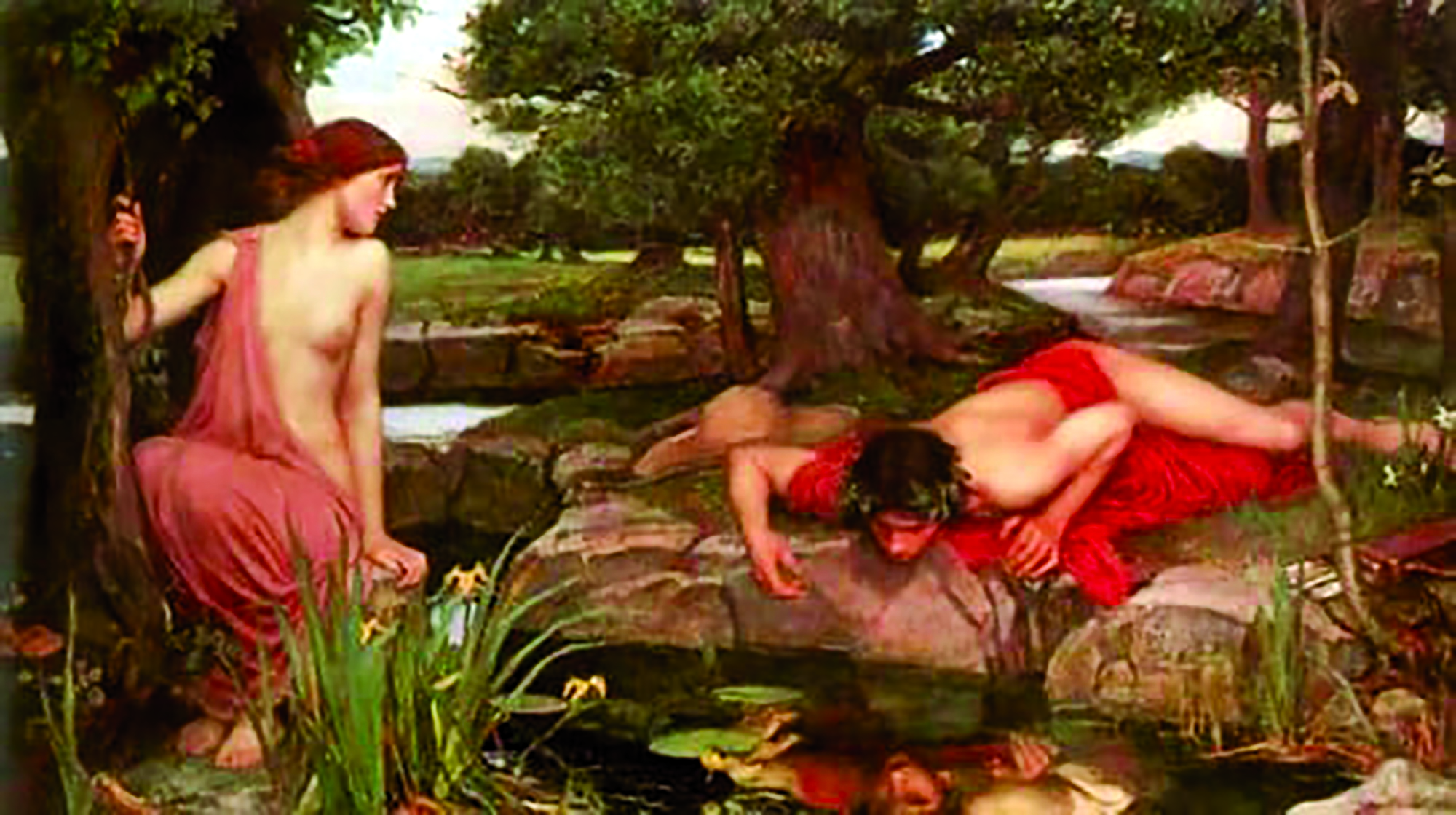The bulk of the book Women & Power: A Manifesto by Mary Beard explores cultural underpinnings of misogyny in Europe and thus has little to hold the attention of casual Indian readers
If journalism is the first rough draft of history, book publishing seems to be the second draft. The writings of successful authors are hurriedly rehashed in line with trending topics, with an additional chapter or a Foreword/Afterword to lure the reader into thinking she will be reading a long, informative editorial.
However, just as a remix in music has a choppy character, so does a similar exercise in publishing. You can blame it on short attention spans, but then why put such writing within the covers of a book, which by definition should have a long shelf life.

A year after #MeToo, it’s time for a change in gender relations, and this book tries to do just that by republishing the work of British author Mary Beard, described as a “committed and vocal feminist.” The jacket reads, “Beard reflects on the successes, and the future, of that movement, probing the narratives of rape and consent. She asks about the stories men tell themselves to justify their treatment of women.”
One of the relevant passages in the book reads:
Suppose you had spent ten minutes in the morning forcing a woman into the bathroom of a hotel suite and assaulting her, how would you feel about yourself (let alone her) when you got back home? Some, no doubt, stretch out with a gin and tonic, feeling little more than a balmy mixture of success and triumph. But my guess is that many more of them can barely bring themselves to reflect on their own sordid cruelty, except by reprocessing the encounter in their heads into a new and self-serving story: from some version of ‘I couldn’t help myself’ to ‘She was gagging for it’, or even ‘I’ve earned it.”
It’s an interesting point, and makes one wish accomplished writers like MJ Akbar had decided to write their version of the 20-odd encounters described by women journalists working under his wing. Now that would be a bestselling book! Instead, the men are hiding behind a wall of lawyers and the narrative with so much potential is going to dissolve into the ‘tareeq pe tareeq’ (long-drawn judicial process of date of hearing after date’).
What we have in this slim volume of 124 pages, instead, is an attempt to piggyback on Beard’s research for such books as A History of Ancient Rome, Pompeii: The Roman Triumph and The Parthenon. Whatever happened in Ancient Rome is apparently a ‘well-spring of Western misogyny’, just Manusmriti and Ram’s abandonment of Sita form the underpinnings of the sorry state of gender equations in India.





